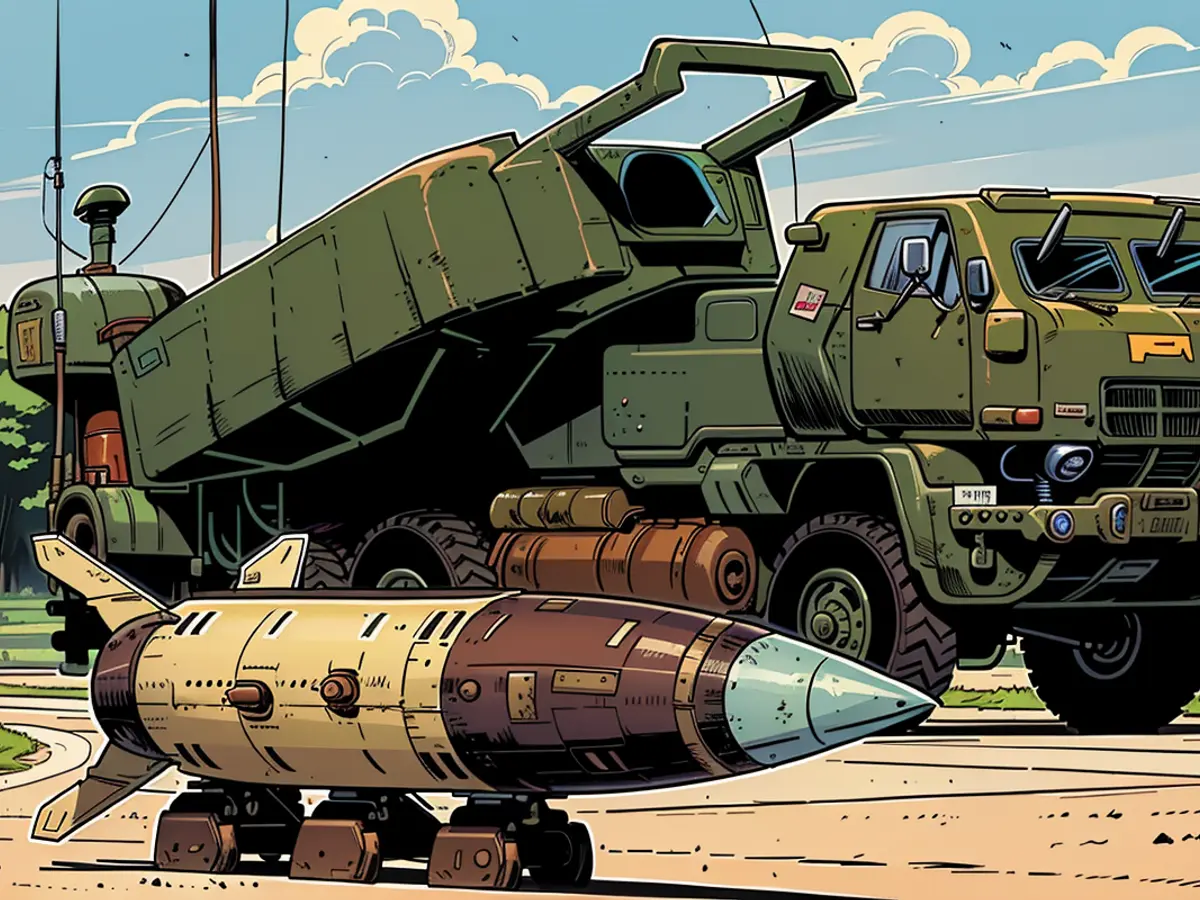Implementing a straightforward strategy might propel Ukraine towards triumph.
The ongoing assault in Russia's Kursk region, coupled with some advancements in Kharkiv, suggests that Ukraine is making headway in its battles, despite the formidable challenges in Donbass. Experts believe that there's room to put more pressure on Russia's aggressors.
Entering Russian territory in Kursk has been a tough nut to crack for the Kremlin. So far, Moscow's troops haven't managed to effectively respond to the attack. Although this surprise offensive might not alter the war's course, it's exposed chinks in the Kremlin's armor. To seal Ukraine's victory in its defensive war against Russian invaders, additional Western backing is crucial, as per Kyiv.
Currently, President Zelensky and the US-based Institute for the Study of War (ISW) are urging full authorization to deploy weapons with extended range for strikes on Russian soil. Numerous military targets are believed to be within reach of US ATACMS missiles, capable of hitting targets up to 300 kilometers away. Ukraine has been utilizing various versions of ATACMS for some time, but due to restrictions from Washington, not for attacks on Russian territory.
Although the Russian military has relocated its air forces deep into the rear to shield them from potential attacks with extended-range weapons, the ISW sees numerous chances to weaken Russian forces.
Key Military Hubs within Reach
"The ISW estimates that at least 250 military and paramilitary establishments in Russia are within the range of the ATACMS missiles supplied to Ukraine by the US," states a recent report. However, only attacks with GLMRS missiles are currently permitted. "This means that Ukraine can only target a maximum of 20 of the 250 establishments."
Within the ATACMS range, major military bases, communication stations, logistics centers, repair facilities, fuel depots, ammunition storage sites, and headquarters are included. These targets are challenging to relocate and currently assist Russian troops in command and control, reconnaissance, logistics, and maintenance.
Government arguments in the US that attacks with ATACMS missiles on Russian territory would be pointless since the Kremlin's forces have moved their air forces further into the rear are not persuasive, according to the US think tank. Overlooking hundreds of other facilities autonomously supporting Russia's conflict against Ukraine is incorrect, claims the ISW.
Zelensky talks about "Shared Victory"
Lifting the ban would pose a significant threat and would put immense logistical and operational pressure on the Russian military, it's pointed out. Most likely, the leadership would significantly reorganize its forces in the entire rear of the country to safeguard them from Ukrainian attacks. A similar impact was witnessed in 2022 when Ukraine first deployed HIMARS rocket launchers, and the taken aback Russian side needed some time to cope with the new threat and relocate military targets out of range.
Russia's abilities to prevent ATACMS attacks on its interior with air defense and jammers are considered limited by the ISW. "Ukraine's drone strikes have shown that many areas in Russia's rear lack adequate or any air defense. The military would likely have to redeploy air defense and electronic warfare resources from across Russia and from the frontline in Ukraine." This could empower Ukraine to enhance its air operations along the frontline.
Ukraine's government has been petitioning its partners for months to consent to attacks on Russian territory using long-range weapons. Currently, Kyiv is attempting such attacks using domestically produced weapons, such as long-range drones or modified Neptune anti-ship missiles. President Zelensky stated that if allies could be persuaded to lift restrictions on the use of long-range weapons, it could significantly bring the "shared victory" closer.
The military intervention in Kursk has highlighted the vulnerabilities of Russia's defenses, with Moscow struggling to counteract the attacks. Due to the strategic military targets within range, the Ukrainian military, with the support of extended-range weapons like ATACMS missiles, could potentially inflict significant damage to Russia's military capabilities.








